Here's a trick question for you: Which is the most powerful piece on the chessboard? Raise your hand if you think it's the king. For all of you who raised your hands, I have bad news.
Nope, it's not the king, but the queen is the most powerful piece on the chessboard. For king, let's just say it's the most important piece. The king's fate is the game's fate.
However, it doesn't possess much power. If you're asking why the answer lies in how does a king move in chess.
- King Moves in Chess
- How Does a Pawn Move in Chess?
- 3. Can a King Checkmate Another King?
- 4. Why can't a king checkmate another king?
- 5. What happens when two kings are left?
- 6. Special King Rules
- 7. Castling
- 8. King Strategies in Chess
- 9. The Role of the King in Opening Strategies
- 10. The Role of the King in the Middlegame
- 11. The Role of the King
- Conclusion
- FAQs
King Moves in Chess
All You Need to Know If you look at the king's position on the chessboard, you'll get a lot of ideas about the piece. The positioning of the pieces starts with rooks at the corners like bouncers at the door, then knights and bishops, followed by the queen.
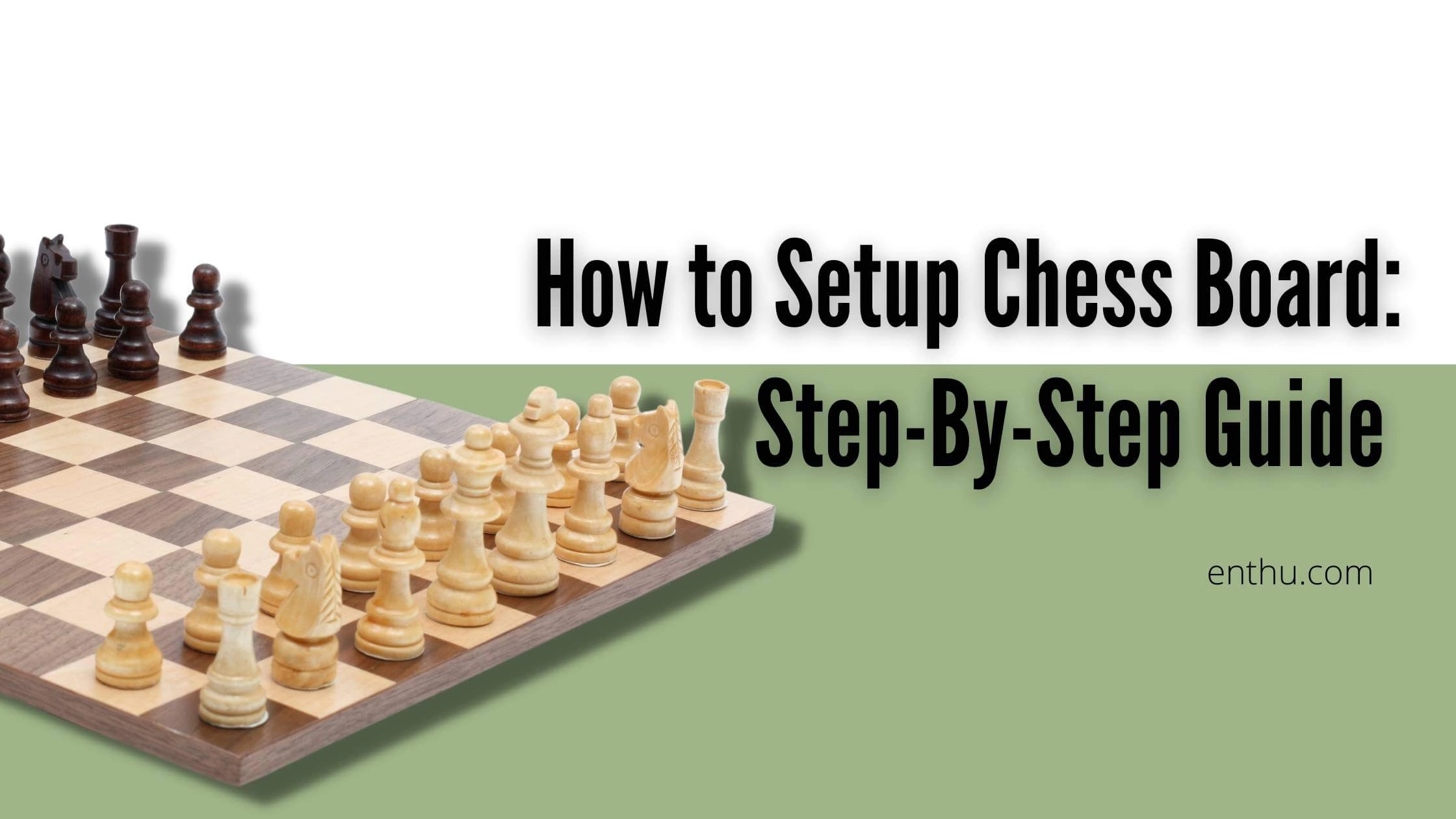
The king's place is right beside the queen. Have you wondered why? As the king can't move as many squares as the queen, it needs the latter's protection. In simpler words, the king needs queen's support to be safe. So, how does the king move anyway?
One square, two squares, three…four...why not find out by yourself? Keep reading.
1. How does a King Move in Chess
A king can move vertically and horizontally, diagonally, but only one square at a time. In the below example, the white king can move to d1, d2, e2, f2, and f1. The black king can move to e8, d8, d7, e6, and f8.
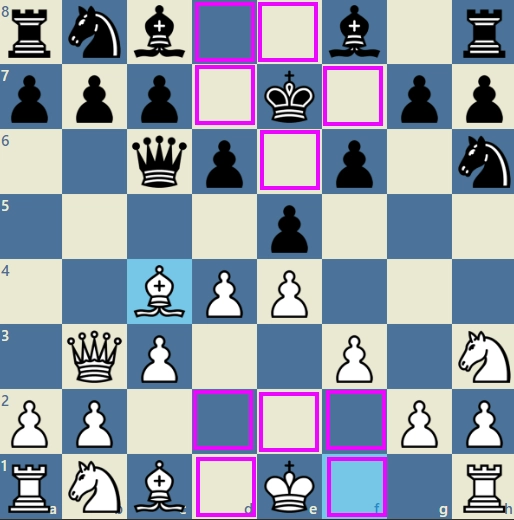
A king can move in every direction on the chessboard. Thanks to FIDE chess rules, it doesn't have any restriction in its movement as a pawn does.
2. How does a King Capture?
Unlike a pawn, a king can capture the way it moves. A king captures horizontally, vertically, and diagonally. Remember that a king can't move more than one square.
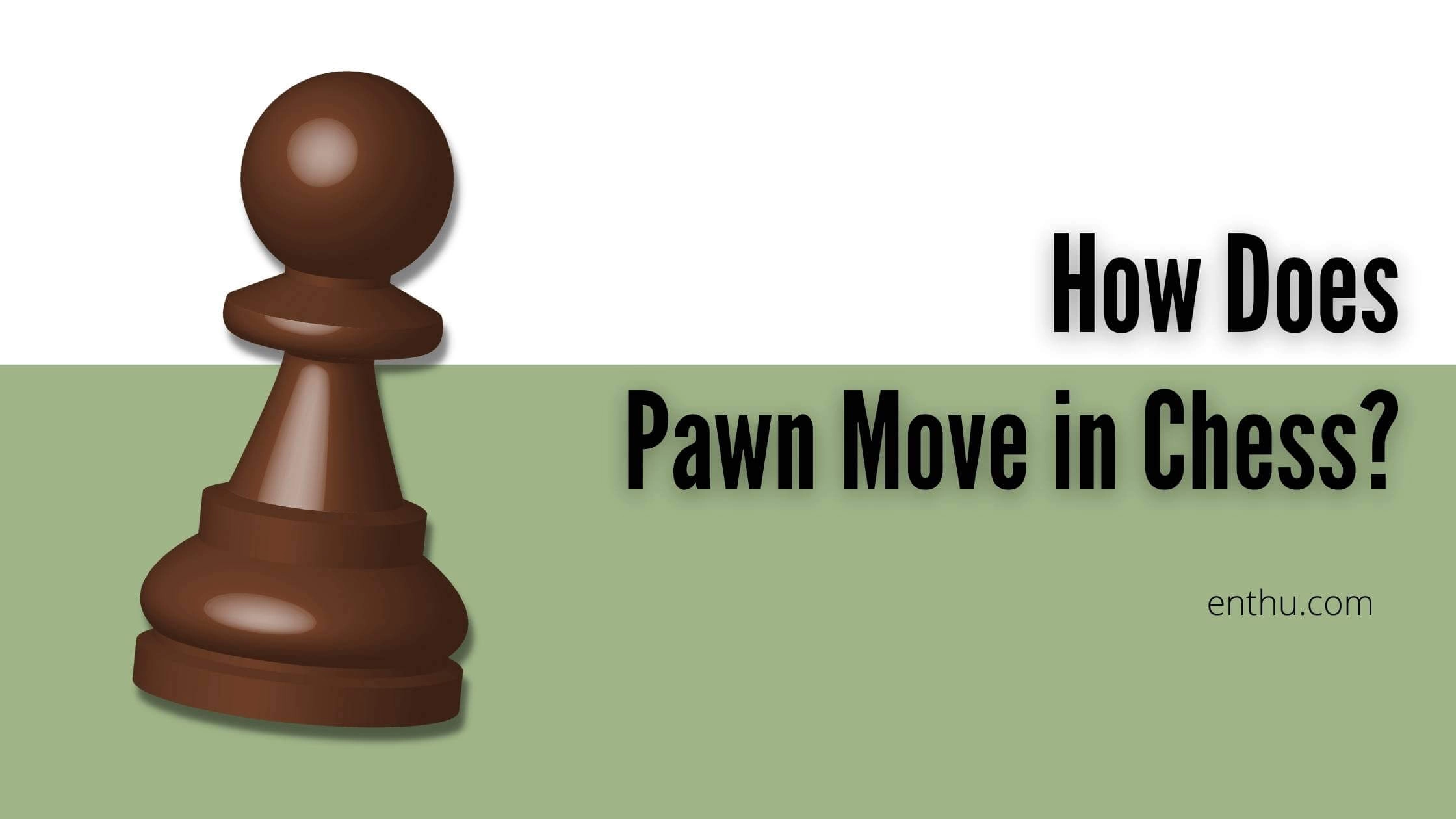
How Does a Pawn Move in Chess?
Therefore, it always captures the pawns and pieces that stand right next to it in diagonal, vertical, and horizontal directions. For instance, the white king at e4 can capture the knight at d5 and the bishop at f5, but it can't capture the pawn at e6.
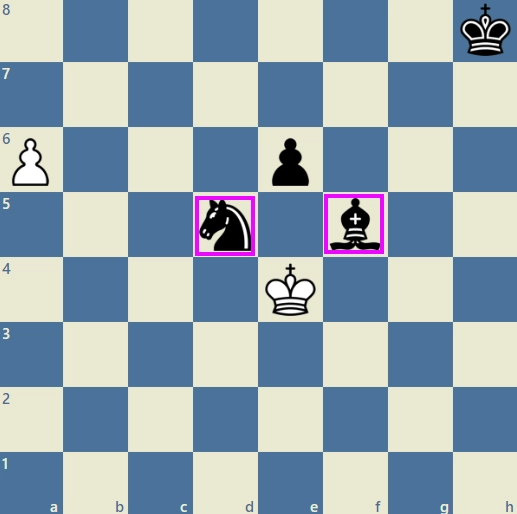
Why can't the king at e4 capture the pawn at e6? The king at e4 can't capture the pawn at e6 because even though a king can move forward, it can't skip a square.
It only captures the pieces and pawns that are right in the next square. In other words, the king can only move to the squares that are touching the square the king is standing right now.
3. Can a King Checkmate Another King?
A king cannot checkmate another king
Nope. A king can't check the opponent's king in chess. It's not legally possible for a king to checkmate the enemy king. It's simply not a legal move.
4. Why can't a king checkmate another king?
A king can't checkmate another king because it breaks FIDE rules. According to FIDE, a player can't play their king into check or checkmate position.
Even if there are no other moves available than to check the enemy king with your king, it's a stalemate situation. A king can't checkmate another king because it will be under check while doing so. Therefore, it's an illegal move in chess.
5. What happens when two kings are left?
When only two kings left on the chessboard, and there are no other pawns and pieces, then it's a draw. Why? If the players decide to checkmate each other, it will end up in a draw by stalemate.
However, if a king chooses to attack another, and they keep running away from each other. Then, it will end up in a drawn game after 50 moves by the 50-move rule because of no pawn movement. So, the result is a drawn game either way.
Check out EnthuZiastic Chess Classes for a personalized Chess learning experience.
6. Special King Rules
If you study chess theory for a significant time, you will realize the king is quite similar to a pawn when it comes to the power dynamics of chess characters. As a matter of fact, sometimes, the pawn is considered more powerful than a king.
Why not? Just think, a pawn can move two squares (when it's moving for the first time), but the king can't. It's limited to only one square at a time.
On top of that, pawns can form structures to protect themselves. But the king depends on other pieces during the opening and the middlegame for protection. One such move is castling. To learn what a castling move is, read on.
7. Castling
Castling is a special chess move in which the king and a rook swap place to shield the king from any attack. The King and the rook don't exchange squares; instead, the king jumps across two squares, either right or left, towards a rook.
In the same move, the rook moves to the square the king crossed. Please note that it's the only FIDE-approved chess move in which one can move two pieces at the same time: the King and the rook.
Move the king to a safe square by castling. Although, castling seems like an easy chess tactic, there are many DOs and DON'Ts that you should know. For instance, you can't castle the king with a rook if you moved either of the pieces earlier.
In other words, you mustn't move the king or the rook if you intend to castle them at some point in the game. Another rule for castling is that you can't castle if the king is under check or the squares it will cross while castling is under check. It means if your king is under any threat directly or indirectly, you can't castle.
Did you know in there are two types of castling? Kingside and Queenside castling. Know more about castling.
Example
In the below picture, the king and the rook are on their original squares. The king is on e1, and the kingside rook is on h1.
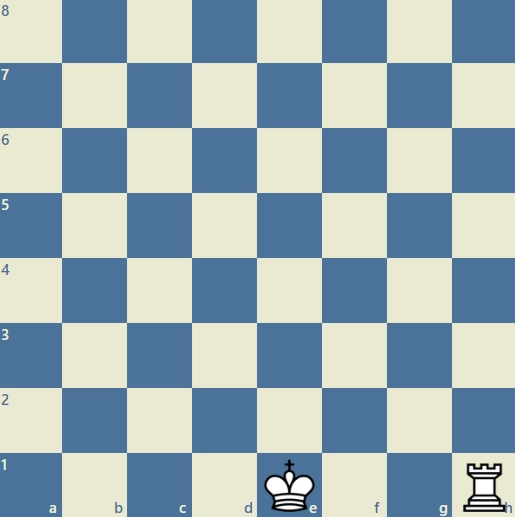
After castling, the king is on g1, and the rook is on f1.
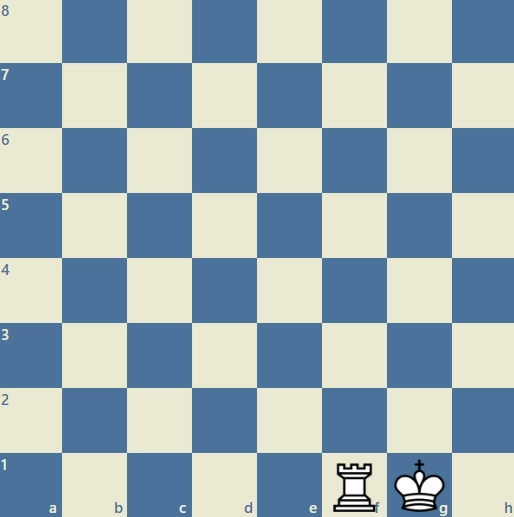
Read: Can you castle out of check?
8. King Strategies in Chess
9. The Role of the King in Opening Strategies
Don't move
The King during the opening of the game There is only one role of the king during the opening, and that is to NOT MOVE. I repeat. Please don't touch the king while opening.
Moving the king during the opening is the worst chess move ever. It can lead to playing the worst chess opening strategies, like the Bongcloud. Instead of moving it, you should castle the king and move it to the side of the chessboard.
Castle the King
After opening the game Always try to castle the king after the opening in the game of chess. You can also do it during the middle game. But whatever you do, please don't castle during the opening.
Try to stick with an opening strategy; try to play the book moves. Queen Nefertiti played a chess-like board game. Read the History of Chess to find out what it was.
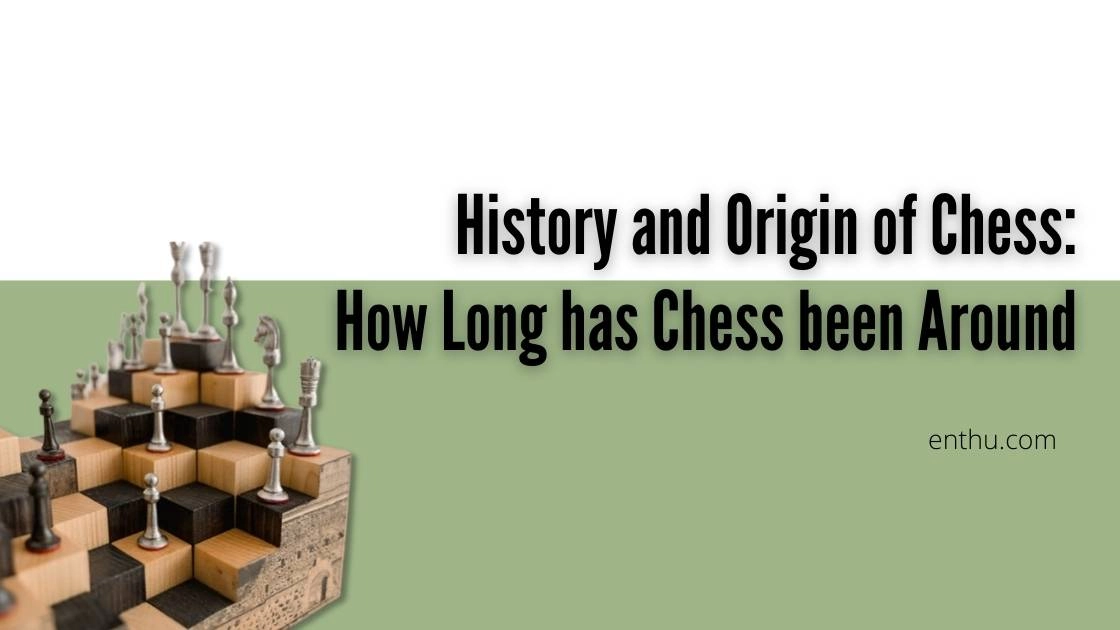
10. The Role of the King in the Middlegame
Bring out the king
during the middle game The King has no use in the opening game, but it's a useful one during the last part of the middlegame and in the endgame. One should always bring out the king during the middlegame, and I will tell why.
Firstly, the king isn't unsafe anymore during the later part of the middlegame. So, it can take the center without any threat of direct attack, as there are only a few pieces left on the chess board. Therefore, there is no reason to hide it. So, why not keep it in the center for the last phase of the game.
Secondly, the king can also be an attacking piece. Read the next section to learn how.
Use the King
To attack the passed pawns The King plays the role of a strong attacking chess piece during the middlegame and the endgame.
It can do this by capturing the opponent's pawns, especially the passed ones. 8 Chess Middlegame Strategies You Must Know Middlegame is where most action takes place. Learn all about it.
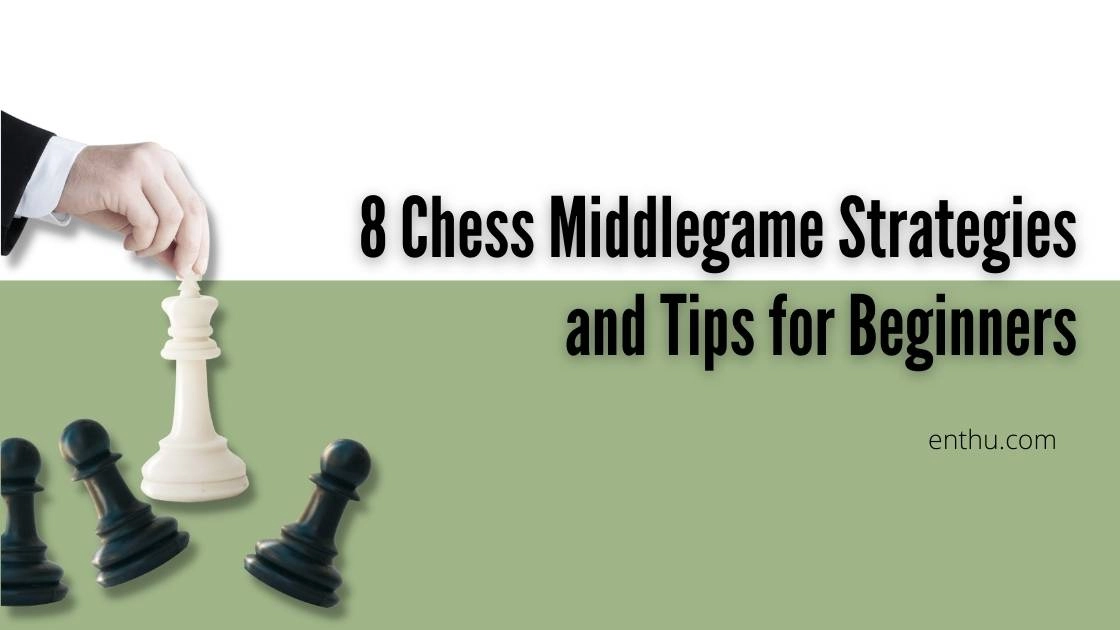
11. The Role of the King
In Endgame Strategies From capturing enemy passed pawns to depending on itself, the king does the most work during the endgame.
Centralize the King During
The endgame Even if you don't bring out the king during the middlegame, please bring it out during the endgame. Bring it to the center of the board so that it can help in pawn promotion.
In the last phase of the game, the centralized king can also capture important enemy pieces. In addition to centralizing the king, there are other chess tactics for using the king in the endgame. Find them below.
Using Triangulation Trategy
When the two kings are facing each other, they can end up in opposition.
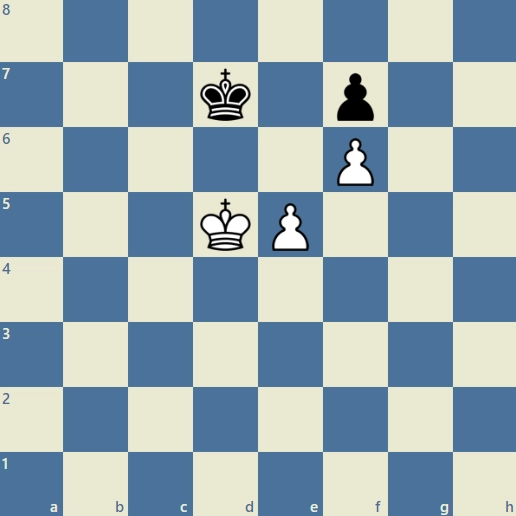
The king can use the triangulation strategy or the zugzwang technique to avoid stepping into the opposition.
Using Réti ManeuverStrategy Play the Reti endgame to make the most out of the king.
Also Read


Conclusion
Dear readers, be it the king or a pawn; every chess piece or pawn has its role in the game; You can become the best strategist only if you manage to learn when to play which piece/pawn. I hope the above write-up helped you to use the king in your strategies. But before jumping into tactics, make sure you know how does a king move in chess.
FAQs
1. Can kings move 2 spaces?
No, kings can't move 2 squares at a time. Kings can only move one square at a time. The interesting fact is that kings can move horizontally, vertically, and also diagonally.
2. Can the king move 2 and a half?
Nope, the king can't move 2 and a half squares.
3. Can a king take a queen?
Yes, a king can take a queen theoretically, but practically, it's very challenging. Because whenever a king will go near the queen to capture it, it will be under check.

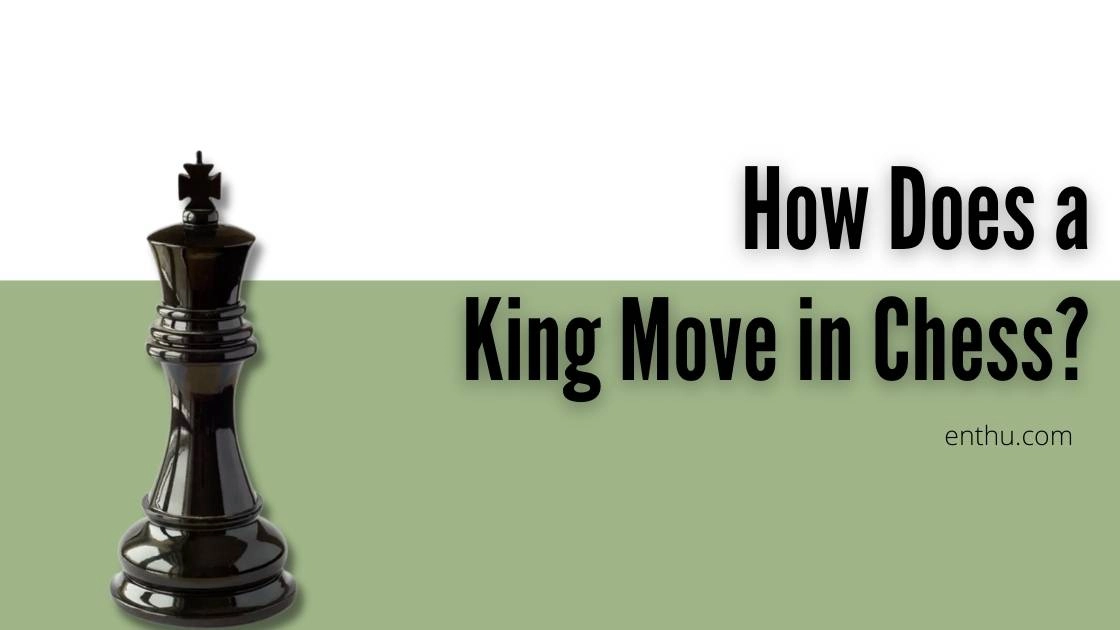
Comments